Do you have a question about the Samsung C24F390FH series and is the answer not in the manual?
Ensure adequate space around the monitor for ventilation to prevent overheating and damage.
Guidance on storing the monitor to prevent damage, especially regarding humidity and physical contact.
Instructions for safely cleaning the monitor screen and exterior using soft cloths and appropriate agents.
Warnings and precautions regarding the use of power cords, plugs, sockets, and electrical connections.
Critical warnings about product placement, ventilation, stability, and avoiding heat sources or children's reach.
Warnings about high voltage, disassembly, moving the product, electrical shock hazards, and keeping objects away.
Precautions for preventing screen damage like burn-in, handling hot screens, and eye strain.
Guidelines for handling accessories like headphones and small parts, and adapter placement.
Identification of the product's main components and their functions, like the JOG button and Power LED.
Overview of the monitor's control panel elements, including the JOG button and Power LED indicators.
Explanation of shortcut button functions when the monitor is in Analog mode for adjustments.
Explanation of shortcut button functions when the monitor is in HDMI or DisplayPort mode.
Description of icons used in the Function Key Guide and their corresponding actions and functions.
Describes JOG button functions when the monitor is in power saving or non-signal mode.
Details on how to navigate and use the JOG button within the monitor's main menu options.
How to adjust brightness, contrast, and sharpness, and their availability under different modes.
How to adjust the monitor's volume and the availability of this function in HDMI/DisplayPort mode.
Identification and description of various ports on the monitor's rear, including HDMI, RGB, DP, and audio output.
Instructions on how to adjust the monitor's tilt angle and precautions to take during adjustment.
Steps on how to attach and lock an anti-theft device to the monitor for security.
Guidelines on how to properly hold and move the monitor to avoid screen pressure and damage.
Technical specifications for VESA-compliant wall mount kits, including screw dimensions and compatibility.
Step-by-step guide for attaching the monitor stand for specific model series.
Instructions for assembling and attaching the monitor stand for a different series of models.
Step-by-step instructions on how to safely detach the monitor stand from the product.
Detailed steps for removing the monitor stand for specific model variations.
Essential checks and precautions to take before connecting external source devices to the monitor.
Guidance on connecting a PC to the monitor using various cable types like D-SUB.
Instructions for connecting the monitor to a PC or source device using HDMI or HDMI-DVI cables.
Guidelines for connecting the monitor to a PC using a DisplayPort (DP) cable.
How to connect headphones to the monitor for audio output, noting limitations with certain cable types.
Step-by-step instructions for connecting the monitor to the power adapter and power outlet.
Recommendations for maintaining correct posture while using the monitor for comfort and health.
Instructions for installing drivers and setting the optimal display resolution for the monitor.
Explanation of MAGIC Bright for optimizing picture quality in different environments and modes.
How to adjust brightness, contrast, and sharpness, and their availability under different modes.
Options for adjusting color saturation, tone, and gamma for optimal picture quality.
Using MAGIC Upscale for picture enhancement and Eye Saver Mode for eye comfort.
Configuring settings for gaming and adjusting panel response rate for better video.
How to change the picture size (Auto, Wide, 4:3, 16:9, Screen Fit) for PC and AV modes.
Adjusting horizontal/vertical position and screen frequency for optimal display.
Setting the transparency and position of the on-screen display menu windows.
Selecting the language and setting the duration for the on-screen display menu.
Explanation of FreeSync technology for eliminating screen tearing and lag during gameplay.
Lists AMD graphics cards supporting FreeSync and how to enable the feature.
Using Eco Saving Plus for energy reduction and Off Timer for automatic power-off.
Managing input signals and controlling button response rates.
Configuring the power LED and viewing system information like input source and resolution.
Restoring all product settings to their default factory configurations.
Information about the Easy Setting Box software for partitioning monitor sections and its installation.
Specifies the operating system and hardware requirements for installing the Easy Setting Box software.
Steps to test the product before contacting customer service for troubleshooting.
Troubleshooting steps for PC connection issues, screen switching, and blank spaces.
Solutions for resolution errors, distorted images, blurriness, instability, and color problems.
Troubleshooting steps for no sound or low volume, including checking connections and cable types.
Instructions on changing frequency and resolution via PC settings for different Windows versions.
Steps to configure power-saving modes on Windows PCs through Control Panel or BIOS settings.
General specifications including model names, size, display area, pixel pitch, power supply, and connectors.
Information about Plug-and-Play installation and pixel characteristics, noting manufacturing tolerances.
Information on accessing EPREL registration and energy labelling for product compliance in Europe and Turkey.
Details on horizontal/vertical frequencies, resolutions, and sync polarity for signal compatibility.
Table listing various resolutions, frequencies, pixel clock, and sync polarity for signal compatibility.
Explanation of horizontal frequency measurement and vertical frequency (refresh rate) for displaying natural pictures.
Conditions for paid service and situations considered non-defects, like cleaning or environmental factors.
Categories of damage caused by customer fault, natural disasters, or consumable component use.
Guidelines for the proper disposal and recycling of electronic waste to prevent environmental harm.
| Color | black |
|---|---|
| Screen Type | led |
| Tiltable | yes |
| Wall Mount | 75mm x 75mm |
| Touch Screen | no |
| Webcam | no |
| OS Compatibility | windows, mac |
| Screen Size | 24 inches |
| Panel Type | va |
| Aspect Ratio | 16:9 |
| Resolution | 1920 x 1080 |
| Native Resolution | 1920 x 1080 |
| Refresh Rate | 60hz |
| Horizontal Viewing Angle | 178 degrees |
| Vertical Viewing Angle | 178 degrees |
| Response Time | 4 milliseconds |
| Brightness | 250 candela per square meter |
| Contrast Ratio | 3000:1 |
| Synchronization | freesync (amd adaptive sync) |
| HDR | no |
| Built-In Speakers | no |
| HDMI Ports | 1 |
| VGA Ports | 1 |
| Headphones Output | yes |
| Voice Assistant | no |
| Power Saving Mode | 0.3 watts |
| Power Consumption | 25 watts |
| Depth with Stand | 8.1 inches |
| Height with Stand | 16.68 inches |
| Width with Stand | 21.6 inches |
| Depth without Stand | 3.24 inches |
| Height without Stand | 12.84 inches |
| Net Weight without Stand | 7.3 pounds |
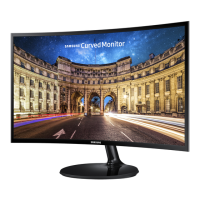

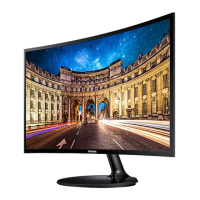
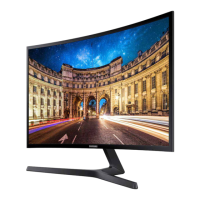
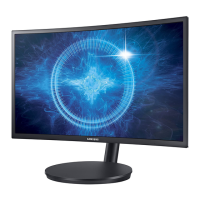

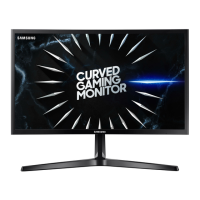
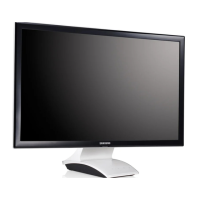
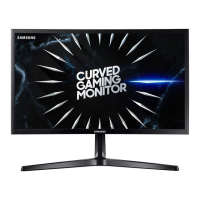
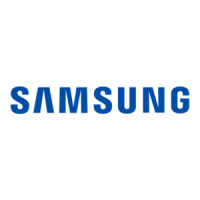
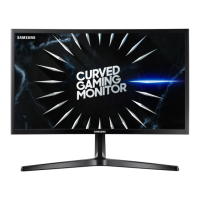
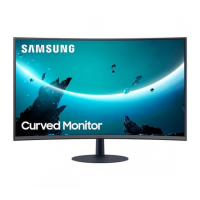
